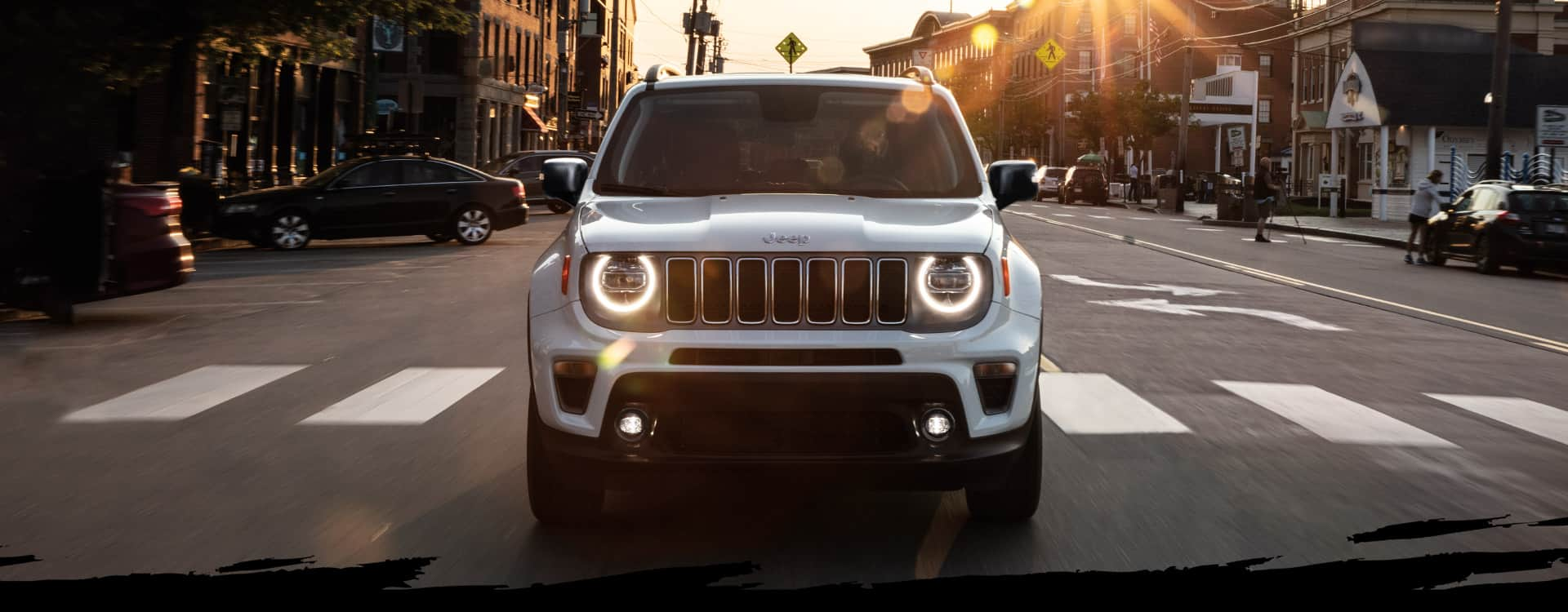Car safety features are designed to protect occupants in case of an accident and minimize the risk of injuries. These features include seat belts, airbags, anti-lock braking systems (abs), traction control, and electronic stability control (esc), among others.
They play a crucial role in ensuring the safety of drivers and passengers on the road. Implementing these safety measures can significantly reduce the severity of injuries and increase the chances of survival in a crash. With advancements in technology, newer safety features like lane departure warning systems, blind-spot detection, and automatic emergency braking are also becoming more common in modern vehicles, further enhancing their safety.
By prioritizing car safety features, manufacturers are committed to making roads safer for everyone.

Credit: www.ebay.com
1. The Importance Of Car Safety Features
Car safety features are of utmost importance in ensuring the well-being of both you and your loved ones. These features offer significant protection on the roads. They come in various forms, such as seatbelts, airbags, anti-lock braking systems (abs), and traction control.
Seatbelts are crucial in preventing occupants from being thrown out of the vehicle in the event of a collision. Airbags inflate rapidly upon impact, cushioning the force and preventing severe injuries. Abs enables better control of the car during sudden braking, while traction control ensures stability on slippery surfaces.
These safety features actively work together to reduce the risk of injuries and fatalities. By equipping your vehicle with these essential mechanisms, you enhance your safety and that of your passengers. Don’t compromise on car safety features; they provide vital protection when you need it the most.
2. Advanced Safety Technologies
Car safety features have come a long way, thanks to advanced technologies. Collision avoidance systems are designed to prevent accidents by alerting drivers to potential collisions. Adaptive cruise control adjusts the vehicle’s speed to maintain a safe distance from the car ahead.
Lane departure warning and assist systems help drivers stay in their lane and provide assistance if they veer off track. Blind spot detection alerts drivers to vehicles in their blind spots, reducing the risk of accidents during lane changes. Automatic emergency braking systems detect imminent collisions and automatically apply the brakes to prevent or minimize impact.
These safety technologies are essential for protecting both drivers and passengers on the road.
3. Passive Safety Features
Passive safety features in cars play a crucial role in protecting passengers during accidents. Seat belts, tightly secured around the body, help prevent ejection from the vehicle. Airbags instantly inflate upon impact, reducing the risk of head and chest injuries.
Anti-lock braking system (abs) ensures that wheels don’t lock up during sudden braking, allowing drivers to maintain control. Electronic stability control (esc) helps stabilize the car during skids or turns, reducing the risk of rollovers. Crumple zones, strategically designed parts of the car’s body, absorb impact energy, safeguarding the vehicle’s occupants.
Investing in cars with these passive safety features can significantly enhance the protection level for passengers in case of unforeseen accidents.
Conclusion
Overall, it is clear that car safety features play a crucial role in protecting both drivers and passengers on the road. With advancements in technology, many vehicles are now equipped with a range of safety features that are designed to minimize the risk of accidents and injuries.
Features such as lane departure warning, adaptive cruise control, blind spot detection, and automatic emergency braking have all shown to be effective in preventing collisions. Additionally, the use of seat belts, airbags, and electronic stability control continues to be fundamental in ensuring the safety of individuals inside the vehicle.
As we continue to prioritize safety on the roads, it is important for car manufacturers to invest in research and development to further enhance these safety features. By utilizing these advancements, we can strive towards a future where accidents and injuries are minimized, and everyone can enjoy safer journeys on the road.

